AO Edited
'Printer's Devil'
A Reformation-era fiery figurehead once denoted this location as a print shop.
Johannes Gutenberg introduced the printing press to Europe after tinkering with the Chinese invention towards the middle of the 15th-century. It would take several more decades before this revolutionary mechanism found its way to the British Isles. It wouldn’t be until the 1500s when the city of York got its first printing press. The street of Stonegate was the designated area for print-shops and book stores.
Like many businesses at that time, a wooden effigy or signpost would be displayed at the entrance to indicate the type of vocation within. At No. 33, a red devil was showcased to advertise the local printing press. The symbol of a demon was often associated with this occupation for several reasons. One being that the operators of the press would often have blackened fingers due to working with ink, and thus were associated with dark arts.
Since early printing presses were operated by humans, it was only reasonable to acknowledge that errors in grammar, spelling, and punctuation would occur. Therefore, the concept of having someone or something to blame for these mistakes was invented. The idea of having a “printer’s devil” present helped explain these publishing mishaps.
The print-shop has long been closed, but the mischievous-looking imp remains. His presence has delighted generations of visitors and locals. It was only a matter of time before an urban legend grew around this effigy. It’s been said that looking directly into the imp’s eyes would cause misfortune to the observer.
Know Before You Go
Visible and accessible at all times of the day.







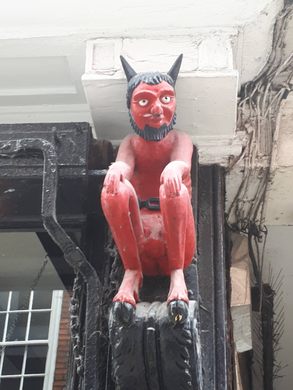

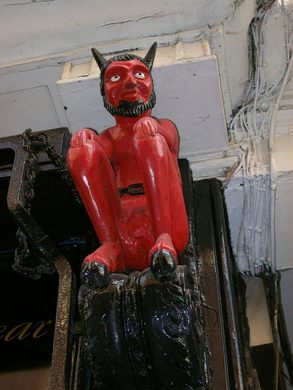

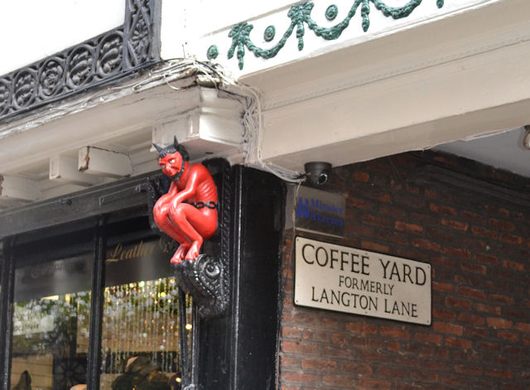
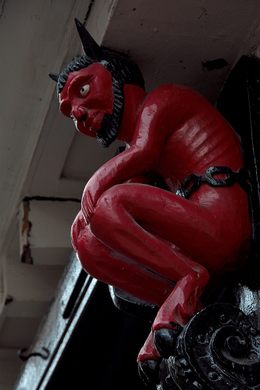

















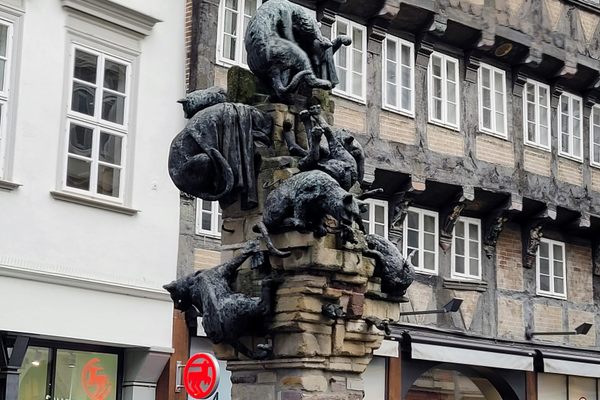



Follow us on Twitter to get the latest on the world's hidden wonders.
Like us on Facebook to get the latest on the world's hidden wonders.
Follow us on Twitter Like us on Facebook